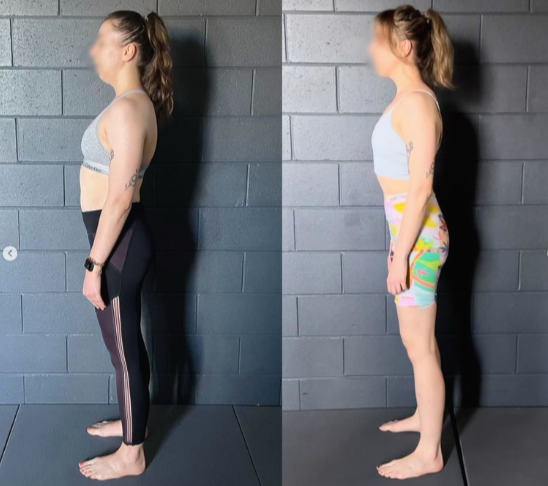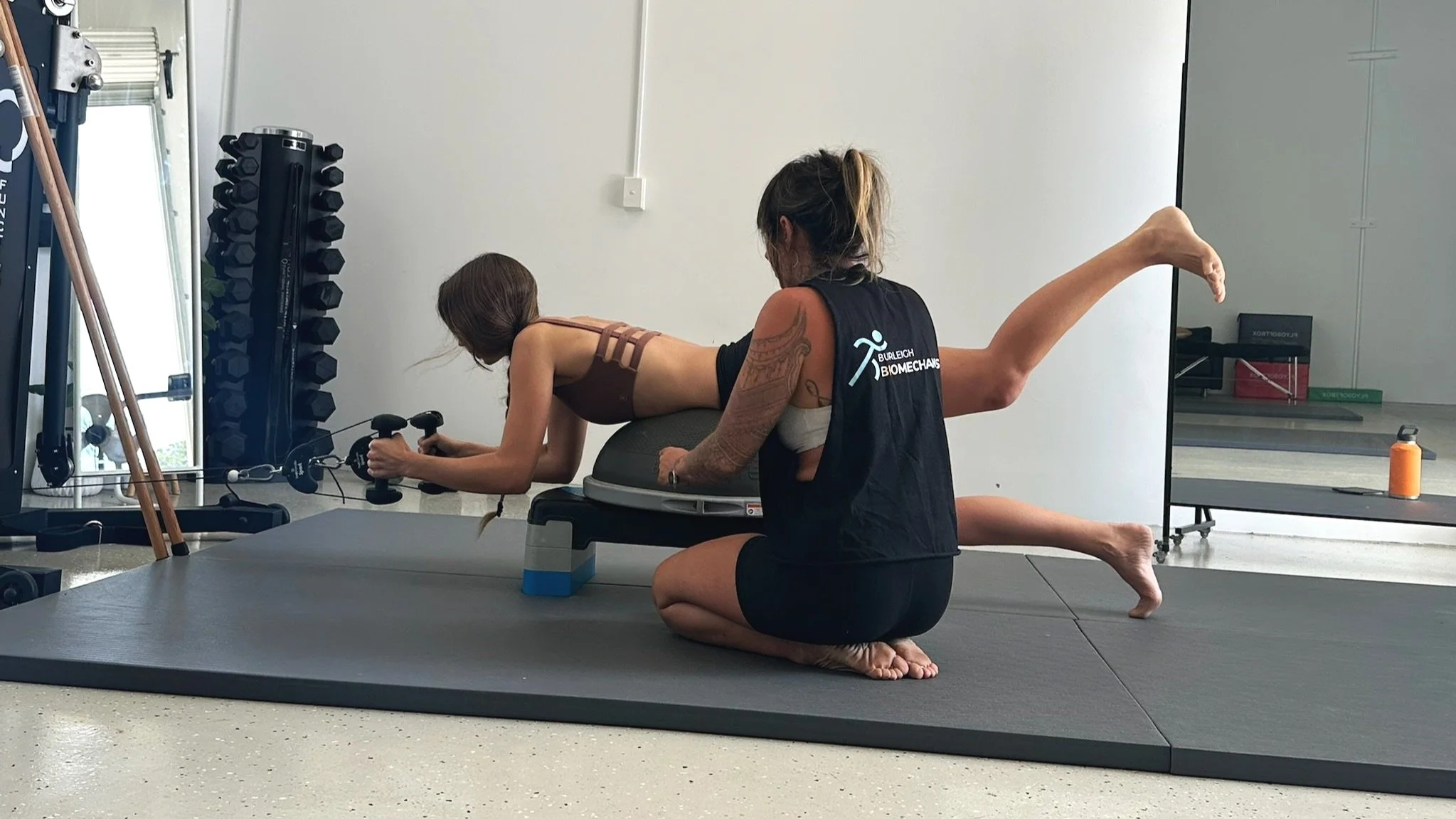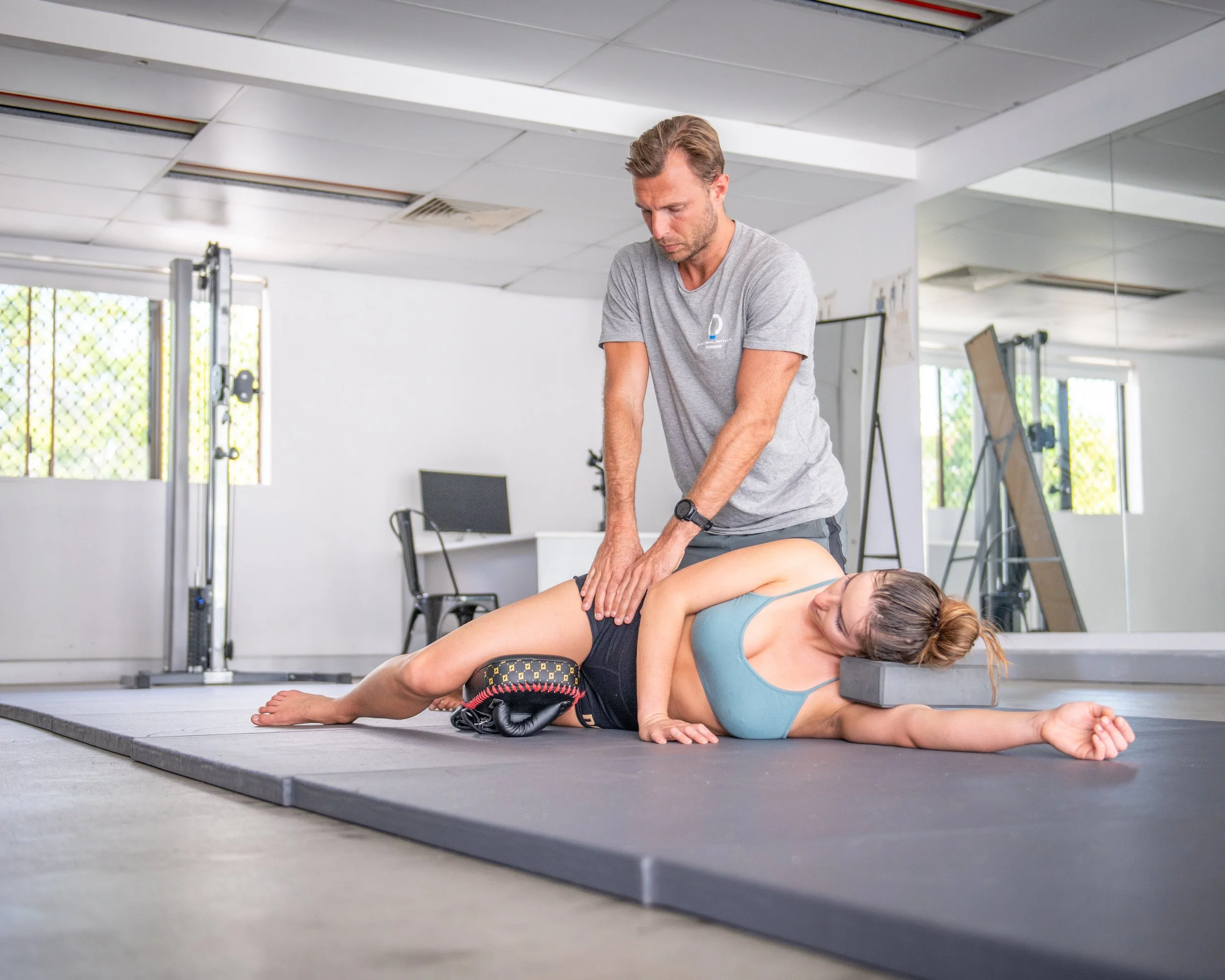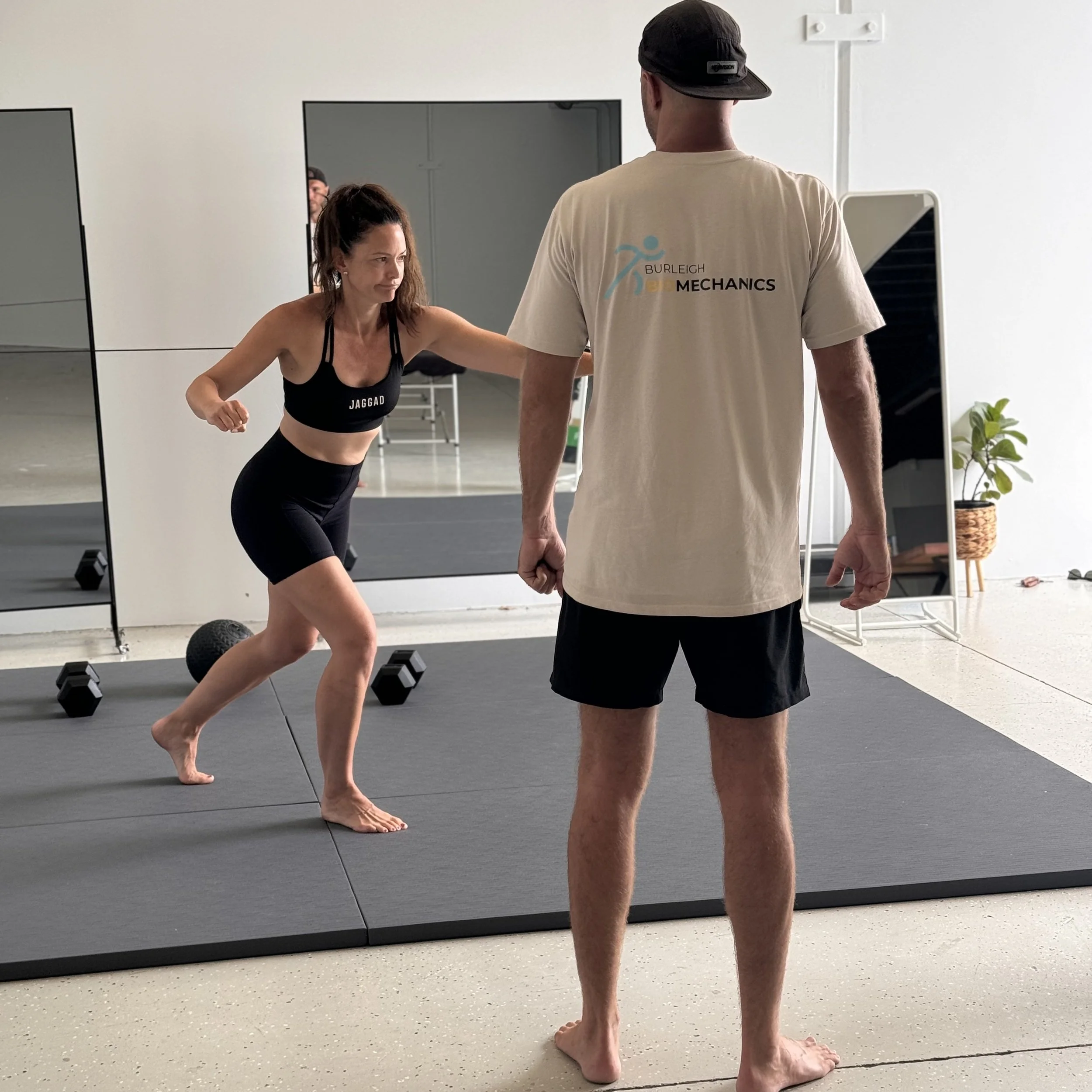5 Effective Strategies to Combat Chronic Poor Posture – Gold Coast Style
Chronic poor posture is increasingly common across the Gold Coast — especially among people who sit for work, lift weights without proper biomechanics, surf with rib/pelvic imbalances, or live with long-term movement compensations. Many turn to Pilates, yoga, chiropractic care, or posture braces, but the results rarely last because these approaches don’t address the global movement patterns that create postural collapse in the first place. This guide compares the most common posture correction methods across Burleigh Heads, Miami, Palm Beach, Tallebudgera, Varsity Lakes, and the wider Gold Coast — and explains how the Functional Patterns approach at Burleigh Biomechanics achieves long-term change by correcting movement sequencing at its source.
Introduction: What Causes Chronic Poor Posture?
Most people think posture is about “standing up straight,” “engaging your core,” or “fixing rounded shoulders.”
But posture is not a static position — it is a dynamic expression of how your body moves.
Chronic poor posture develops from:
Unbalanced rib cage + pelvis rotation
Breath mechanics that pull the spine forward
Hip instability → overactive lower back
Sedentary lifestyle patterns (desk, phone, driving)
Training muscles in isolation instead of integration
Your posture is the output of how your entire body coordinates — not something you can fix by trying to stand tall.
1. Posture Correction Exercises
What they aim to do: Strengthen weak muscles and stretch tight ones.
Short-term benefits:
✔ May improve awareness
✔ Can make the back/shoulders feel less stiff
Why They Often Fail:
They treat posture as individual muscles, not a systemic pattern.
If your pelvis and rib cage are misaligned, strengthening one muscle does not change the global sequence.
Most people end up over-bracing, forcing posture rather than restoring it.
Functional Patterns Approach:
We train postural integrity through:
Gait coordination
Spiral-line tension balance
Breathing & rib mechanics
Hip + foot load sequencing
This creates effortless alignment — posture that holds without thinking.
2. Myofascial Release Techniques
You’ve likely tried:
Massage
Trigger point therapy
Foam rolling
Cupping
Gun release work
They help:
✔ Reduce muscle guarding
✔ Improve tissue hydration temporarily
✔ Nervous system down-regulation
The Problem:
Your body becomes tight because it is unstable.
Release work without retraining stability → the tightness returns.
Our use of release:
We use manual release only to prepare the body for corrective movement, not as the main intervention.
3. Pilates for Posture
Pilates is often recommended for posture because it emphasizes control, core engagement, and spinal awareness.
Useful for:
✔ General stability
✔ Body awareness
✔ Low-intensity movement
Where Pilates Falls Short:
Pilates trains the body in linear, symmetric patterns, while human movement is rotational, asymmetrical, and dynamic (think walking, running, throwing).
So many people become:
Stronger
More aware
Still stuck in the same postural baseline
Functional Patterns vs Pilates:
We train three-dimensional movement and rotational force that actually carries into:
Standing
Walking
Running
Work
Parenting
Sport
4. Strength Training for Posture
Strength training can support posture — if the movement sequencing is correct.
But most gym training:
Overloads the back extensors
Locks the rib cage forward
Encourages bracing instead of dynamic stability
Reinforces compression patterns
Example:
Deadlifts and squats often increase anterior pelvic tilt if the hips and rib cage are not coordinated.
Functional Patterns strength training:
Builds strength in movement patterns, not isolated muscles
Trains your body to absorb and release force efficiently
Improves posture without forcing posture
5. Sedentary Lifestyle Effects
Long periods sitting → Rib cage collapses → Neck protrudes → Lower back compensates → Pelvis rotates → Glutes stop contributing → Hamstrings tighten to hold pelvic position
You cannot fix this with “sit up straight.”
You must change the program your body is running.
We rebuild this program by retraining:
Rib cage and pelvis coordination
Breathing pressure mechanics
Gait cycle timing
Rotational sequencing
Posture improves as a result, not a cue.
How Burleigh Biomechanics Corrects Chronic Poor Posture (Long-Term)
Our method is built on one principle:
Posture is a byproduct of efficient human movement.
We use Functional Patterns to:
✅ Reorganize the rib cage, pelvis, and hips
✅ Rebalance muscle chains & myofascial tension
✅ Restore walking and standing efficiency
✅ Improve posture without forcing it
This is why our clients notice:
Pain reducing
Breathing improving
Hips feeling more stable
Shoulders relaxing without trying
Posture changing naturally
Ready to Improve Your Posture Long-Term?
Book an initial Posture & Gait Assessment at Burleigh Biomechanics.
You’ll see exactly what’s driving your postural patterns — and how to fix it.
📍 Burleigh Heads — serving the Gold Coast including Miami, Palm Beach, Tallebudgera, Burleigh Waters, Elanora & Varsity Lakes.
🕘 90-minute assessment
🎥 Full postural & gait breakdown
🎯 Individualized correction pathway





